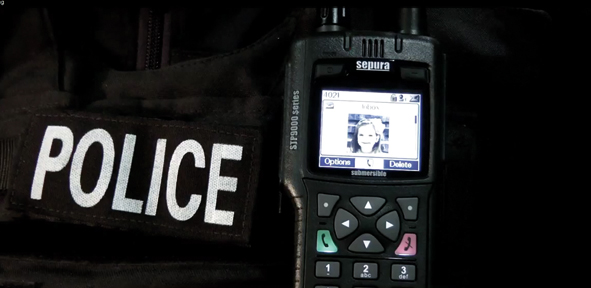Smugglers impregnate plastic with cocaine to beat customs
Evidence gathered from a cocaine factory in Eastern Europe has revealed that smugglers are becoming more creative in their efforts to get the drug past customs and onto the open market. Gangs are now incorporating the drug into innocent looking plastic products including DVD cases.

Evidence gathered from a cocaine factory in Eastern Europe has revealed that smugglers are becoming more creative in their efforts to get the drug past customs and onto the open market. Gangs are now incorporating the drug into innocent looking plastic products including DVD cases.
The evidence came to light after a tenement building was searched in Ljubljana, Slovenia. A makeshift lab was discovered with what appeared to be plastic sheets littering the floor. On investigation the plastic appeared to be polymethyl methacrylate, better known as Plexiglas or Perspex, which had been impregnated with cocaine hydrochloride. Tomaz Gostic of Slovenias Forensic Science Institute in Ljubljana said: The crime scene was obviously being used for the isolation of cocaine from polymethyl methacrylate resin.
It was revealed that the lab had been successful in extracting the cocaine from the Perspex using readily available solvents such as acetone and benzene. Some samples proved to be 96 per cent pure cocaine. Its not known if the gang had successfully produced plastic products that could pass for the real thing, but Mike White, a narcotics intelligence officer with the UKs Forensic Science Service told New Scientist magazine: They would need major connections with companies that produce car lights, for instance, and forging these links would increase their risk of detection.


